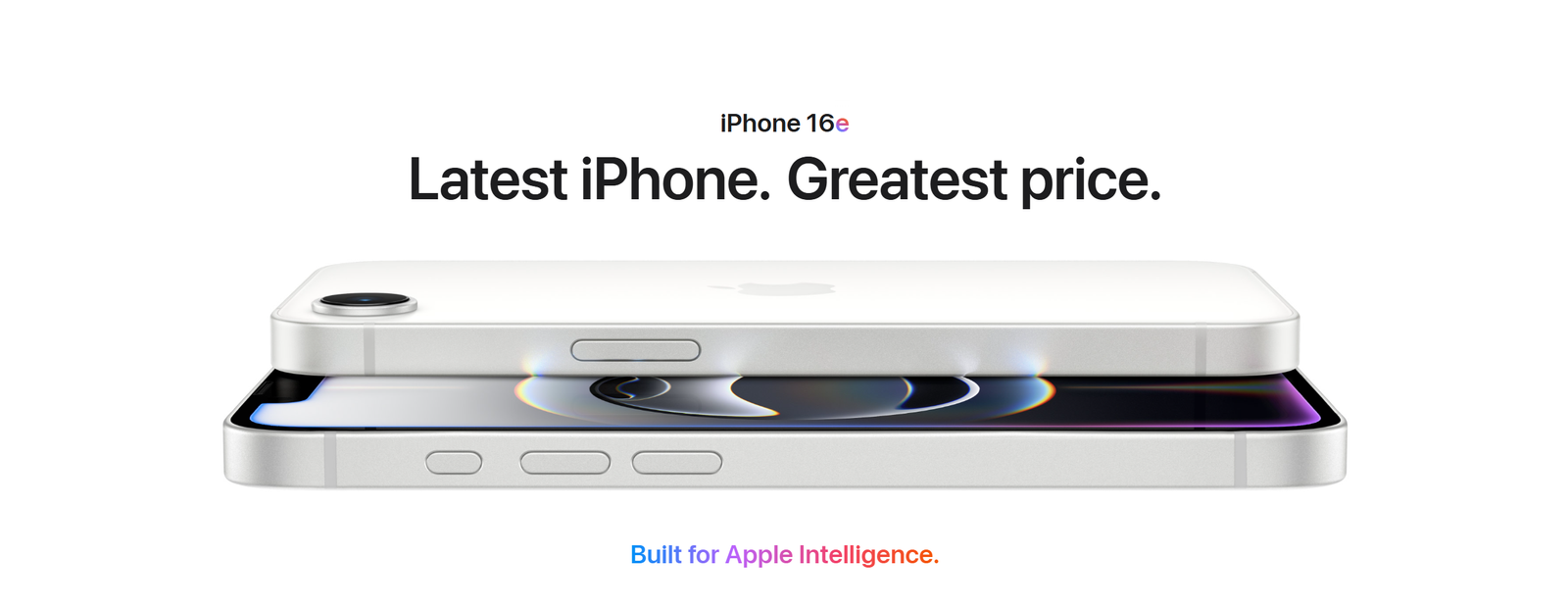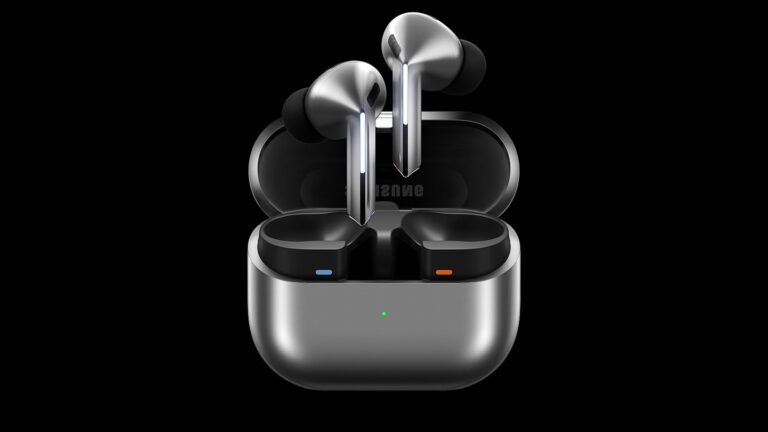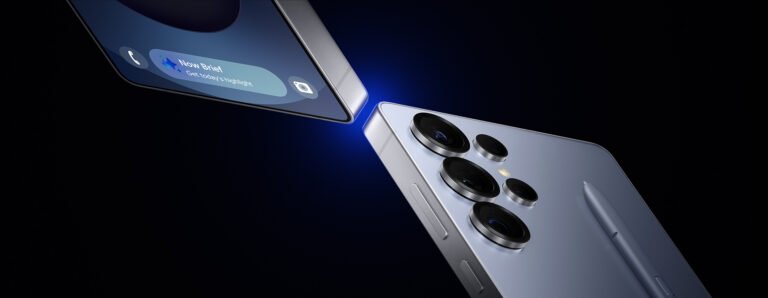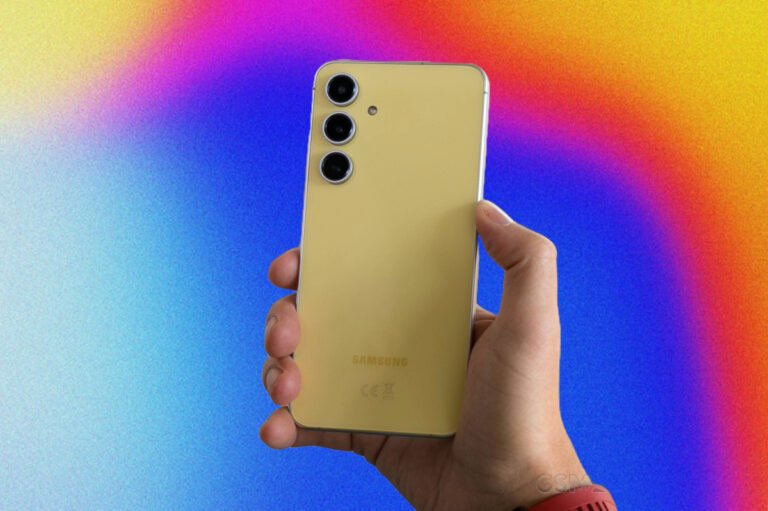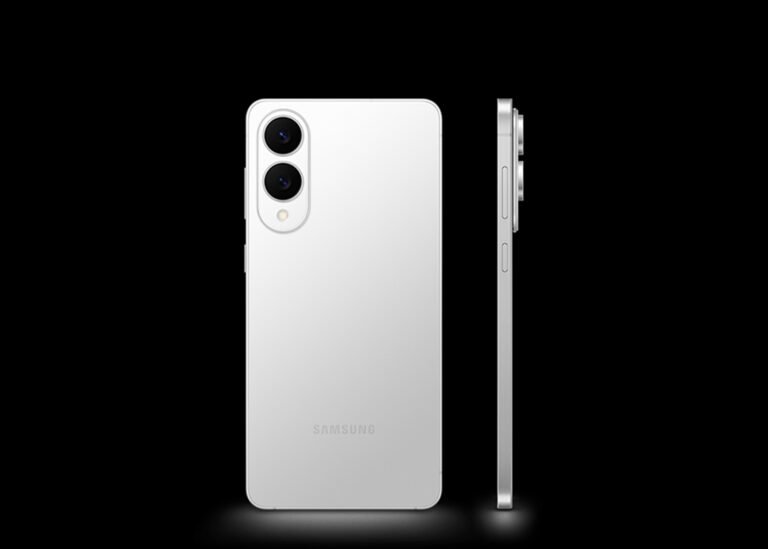iPhone 16e Review: Apple’s New “Budget” iPhone Isn’t So Budget Anymore
Introduction
Apple’s latest iPhone 16e marks a significant shift in the company’s strategy for its entry-level smartphone. Priced at $599 (with storage upgrades pushing it closer to $900), this is no longer the affordable alternative it once was. While it inherits some modern features from the iPhone 16 series, key compromises in display, charging, and camera performance make it a tough sell—especially when older flagships like the iPhone 15 Pro offer better value at similar prices.
So, who is this phone really for? Let’s break it down.
Design: A Mix of Old and New
The iPhone 16e follows Apple’s “parts bin” strategy, borrowing heavily from the iPhone 14’s design:
- Aluminum frame with flat edges
- 6.1-inch OLED display (still 60Hz, no ProMotion)
- USB-C port and IP68 water resistance
- Action button (new for the SE line)
Key Omissions:
❌ No MagSafe – Only standard Qi wireless charging (7.5W max)
❌ No colors – Only matte black or white (no Product Red option)
❌ No ultra-wideband (UWB) – Precision Finding for AirTags is missing
While the design is cleaner than the previous iPhone SE (2022), the lack of MagSafe feels like a glaring omission in 2025.
Performance: A18 Chip (With a Catch)
The iPhone 16e gets Apple’s latest A18 chip, but with one fewer GPU core (a common cost-saving measure). Performance is still excellent for everyday tasks, though heavy gamers might notice a slight difference.
Apple’s First In-House Modem: The C1 Chip
One of the biggest surprises is Apple’s custom cellular modem, replacing Qualcomm’s solution. Early impressions:
✅ Improved efficiency – Better battery life than past SE models
✅ No noticeable connectivity issues – Speeds and signal strength are solid
❌ No mmWave 5G – Limited to sub-6GHz networks
This could be a test run before the iPhone 17 series, where Apple may fully transition away from Qualcomm.
Camera: A Single 48MP Lens (With Compromises)
The new 48MP main camera is a step up from past SE models, but it’s not the same sensor as the iPhone 16 or 16 Pro. Key differences:
- Smaller sensor size → Less light capture
- No Night Mode improvements → Struggles in low light
- No ultrawide lens, macro mode, or Cinematic Video
Photo Quality:
📸 Daylight shots – Sharp and vibrant (typical iPhone processing)
🌙 Low-light shots – Noticeably softer, slower shutter speeds
If camera quality is a priority, the iPhone 15 Pro (with its triple-lens setup) is a far better choice.
Battery Life: Surprisingly Good
Thanks to the efficient A18 and C1 modem, battery life is on par with the iPhone 16 Pro—a major improvement over past SE models.
🔋 30W wired charging (no MagSafe speeds)
🔋 7.5W Qi wireless charging (slow and finicky without magnets)
Who Should Buy the iPhone 16e?
The Good:
✅ Modern design (finally ditching the iPhone 8 look)
✅ A18 chip (future-proof for Apple Intelligence)
✅ Solid battery life (a rarity in past SE models)
The Bad:
❌ $599 is too expensive for a phone with 60Hz, no MagSafe, and a weaker camera
❌ Refurb iPhone 15 Pro (~$600) is a better deal (120Hz, triple cameras, MagSafe)
Final Verdict:
The iPhone 16e is a fine phone—but at $599, it’s not the budget champion it used to be. If you’re upgrading from an iPhone 11 or 12, it’s a decent option. But for most buyers, a discounted iPhone 15 Pro offers far better value.
Alternatives to Consider:
📱 iPhone 15 Pro (Refurbished, ~$600) – Better display, cameras, and MagSafe
📱 iPhone 14 (New, ~$499) – Similar design, often discounted
📱 Pixel 8a ($499) – Better cameras, 90Hz display
What do you think? Is the iPhone 16e worth it, or would you go for an older flagship? Let us know in the comments!
